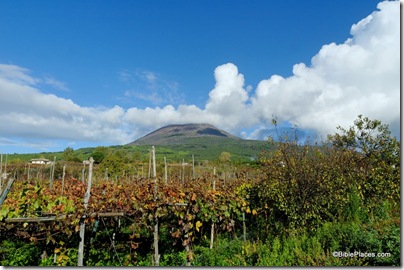A new book on Pompeii by classics scholar Mary Beard of Cambridge University is considered in a travel article in the Globe and Mail. Beard believes that most of those who died were either slaves or those who intentionally chose to take their chances.
Beard argues that Pompeii’s population was smaller than previously thought, about 12,000, and that most escaped the volcanic eruption, taking the bulk of their possessions with them.
That would explain why relatively few corpses (1,100) and household effects were later found. Some citizens and slaves – half the population were slaves, many of them Jews brought from Israel after the Roman destruction of the temple in Jerusalem in 70 AD – must have been stranded or chosen to stay. There were, after all, remains of 21 fresh bread loaves found in Pompeii’s ovens, when excavations began in the mid-18th century.
Beard’s book is too new to have changed the way local tour guides and historians treat the Pompeii saga, but for anyone contemplating a visit to one of the world’s greatest archeological sites, it’s a useful read.
The article continues with a look at the nearby ruins of Herculaneum and the modern city of Naples.
It ends with advice that I wish someone had given me: do not even think about driving a car in Naples.
HT: Explorator
